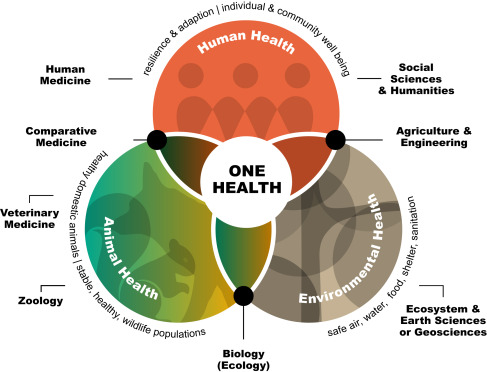One Health Meets the Exposome
Human, Wildlife, and Ecosystem Health
2023, Pages 240-266
Principles of Gender-Specific Medicine (Fourth Edition)
Sex and Gender-Specific Biology in the Postgenomic Era
2023, Pages 409-429
Functionalized Nanofibers: Synthesis and Industrial Applications, 2023, Pages 923-943
The New Public Health (Fourth Edition), 2023, Pages 1097-1158
Nutrition Science, Marketing Nutrition, Health Claims, and Public Policy, 2023, pp 297-305
Handbook of Cognitive Behavioral Therapy by Disorder Case Studies and Application for Adults, 2023, Pages 1-8
Intellectually Impaired People
The Ongoing Battle
2023, Pages 161-167

